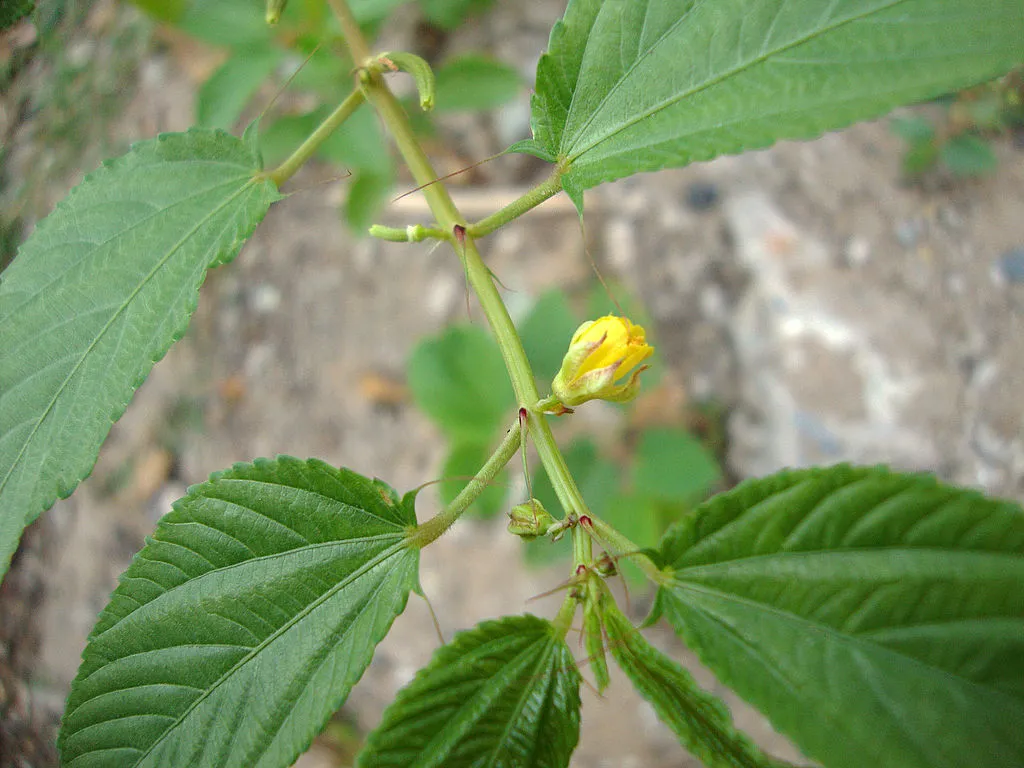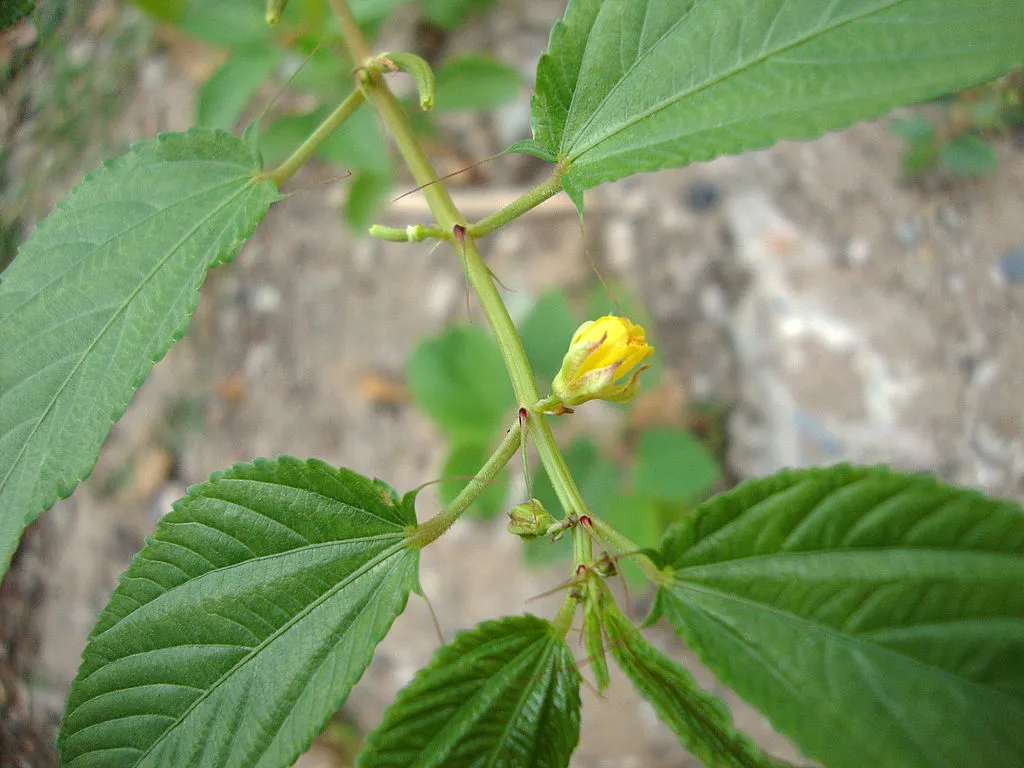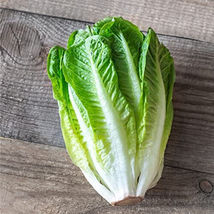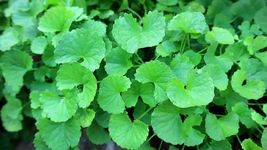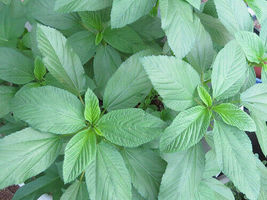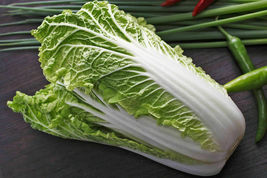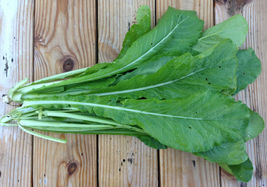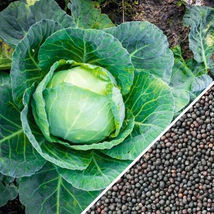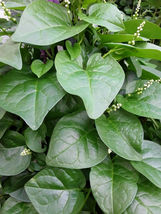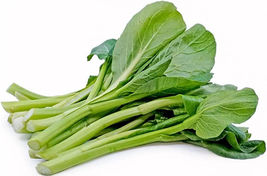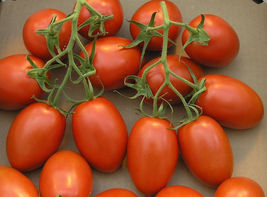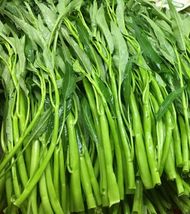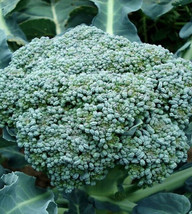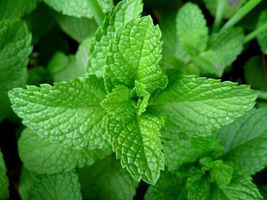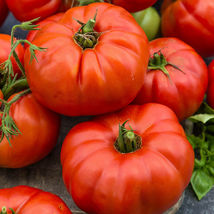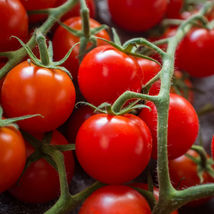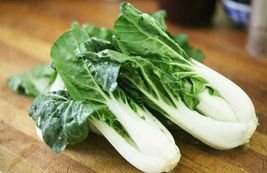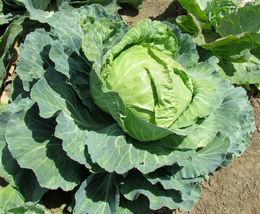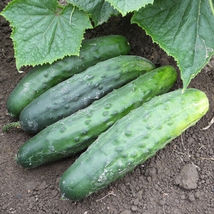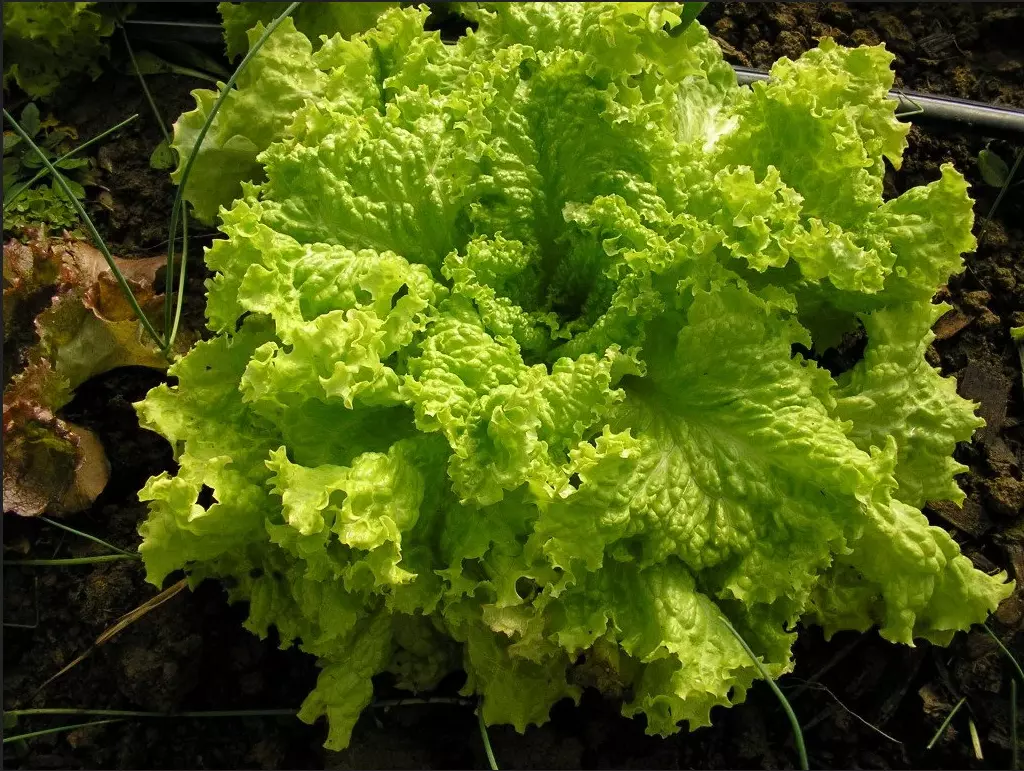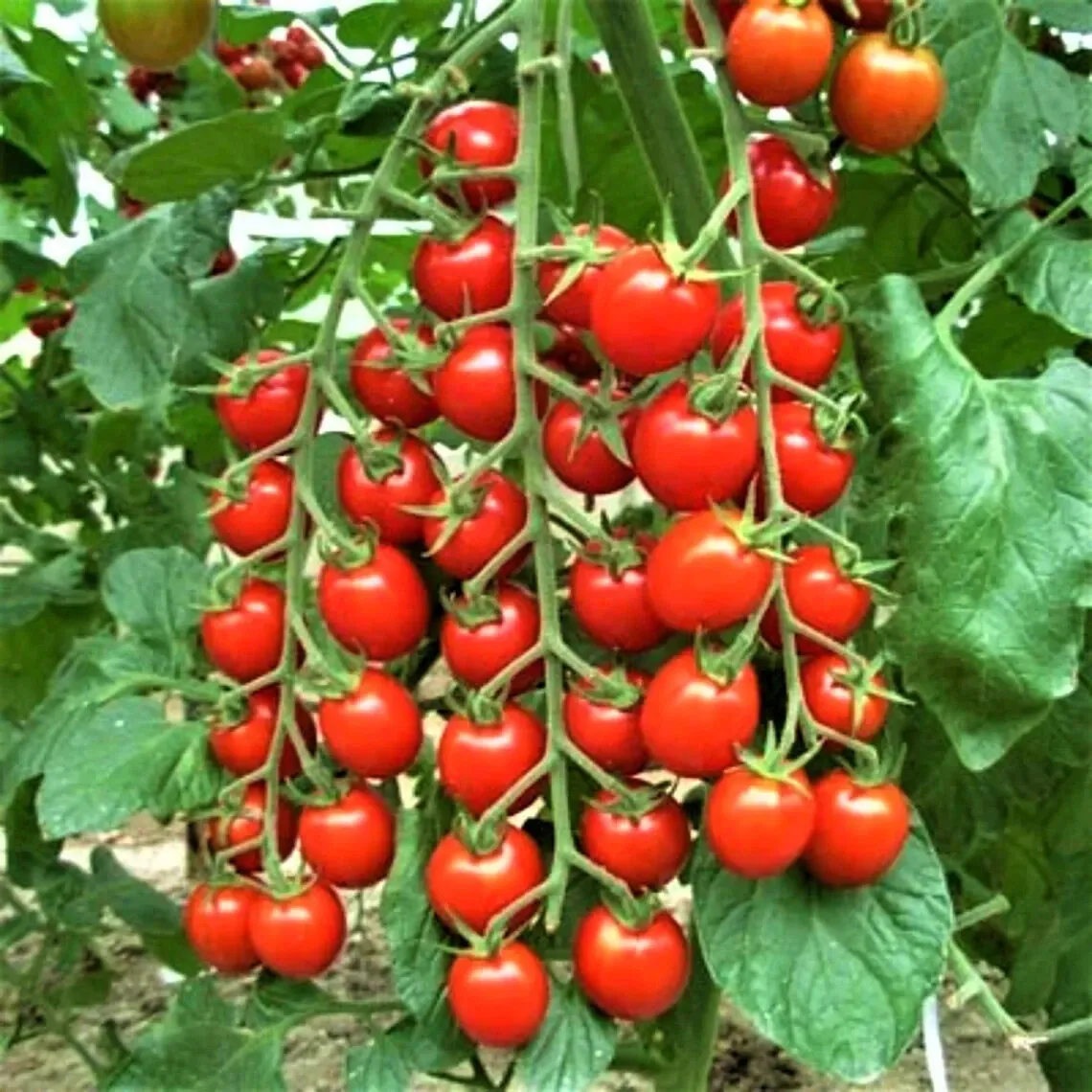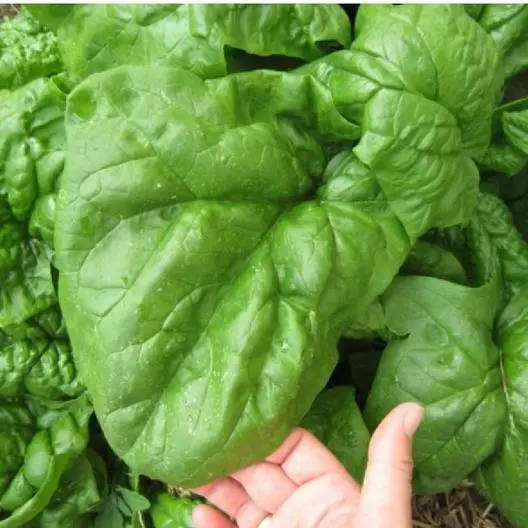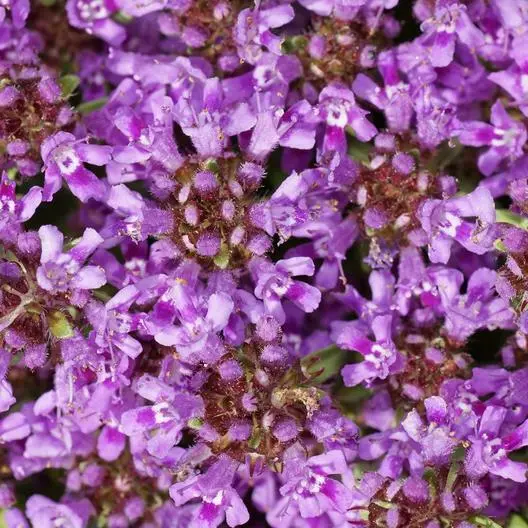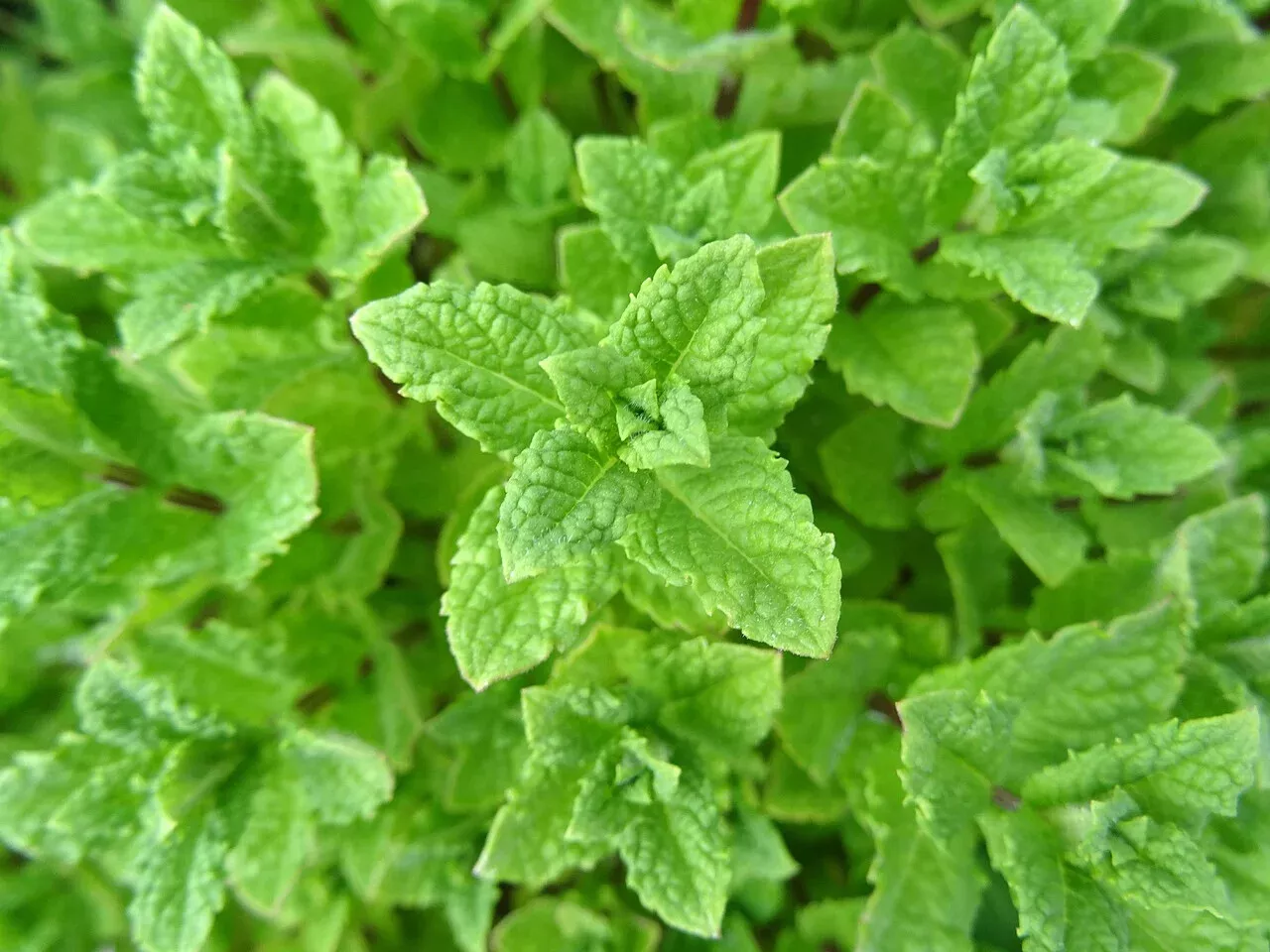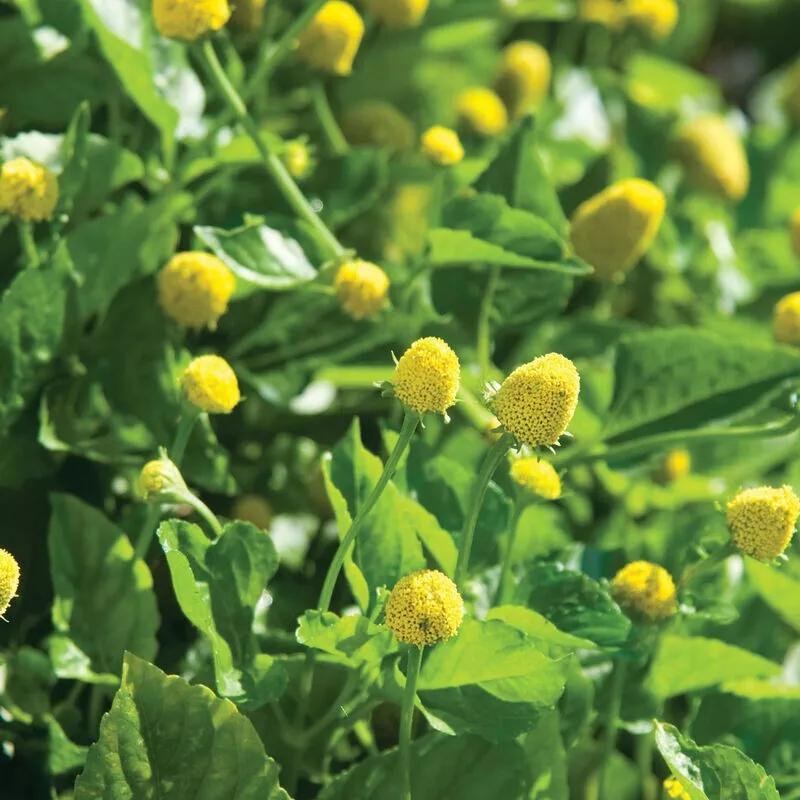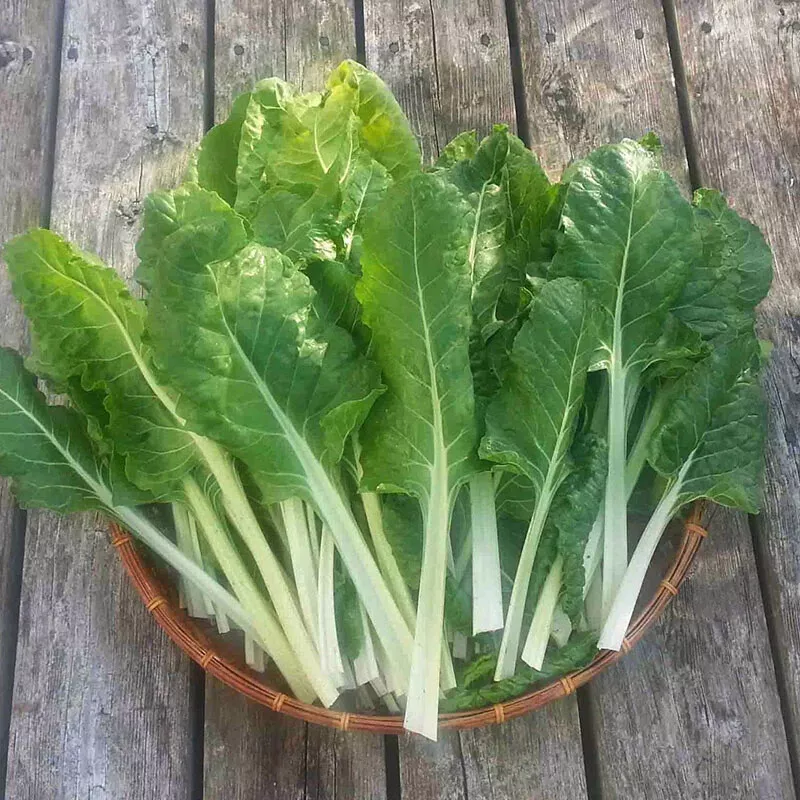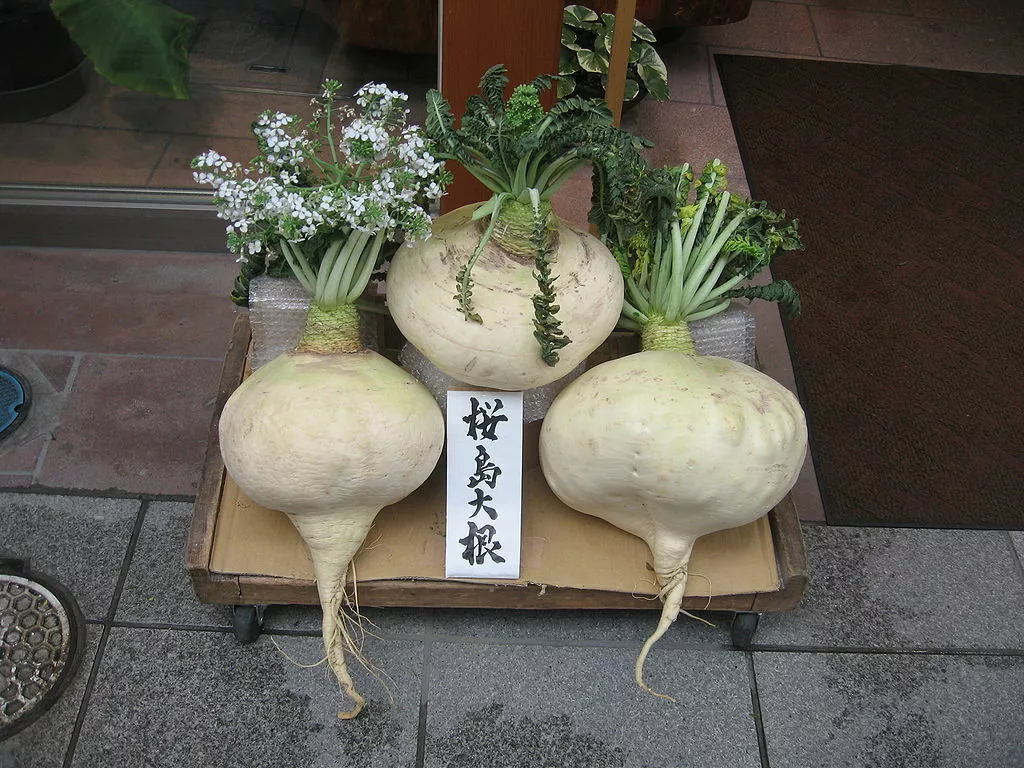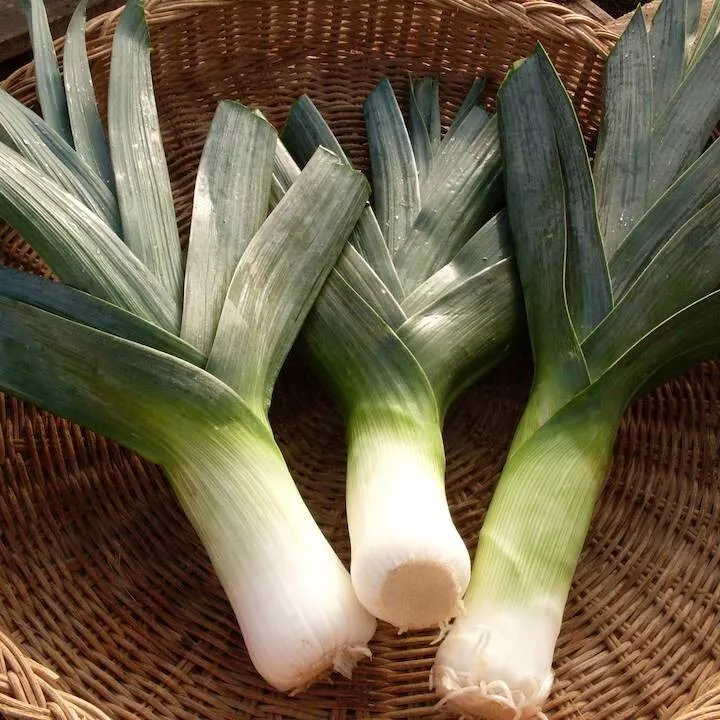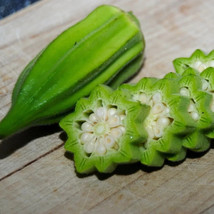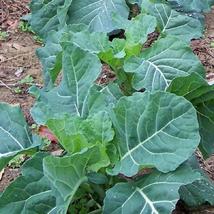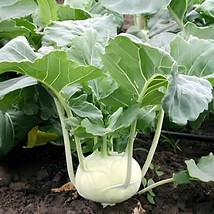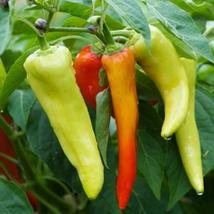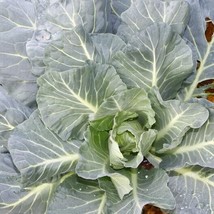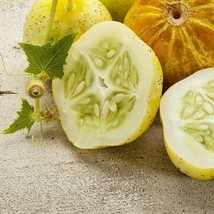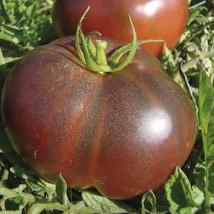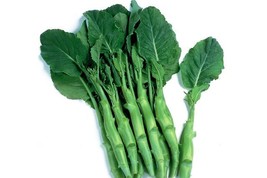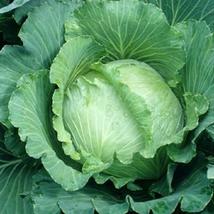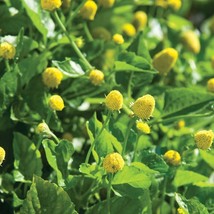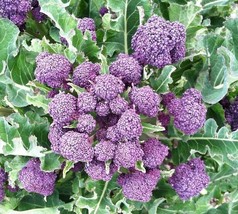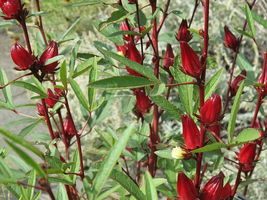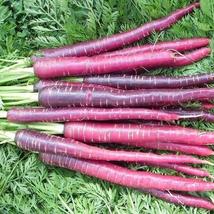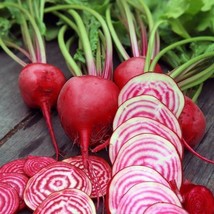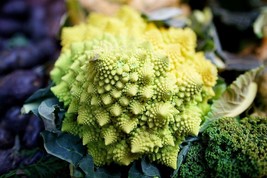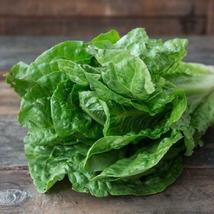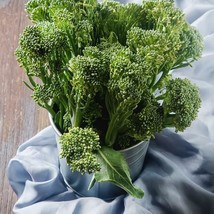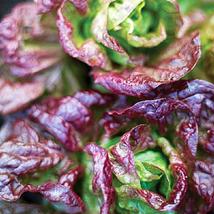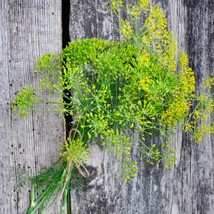100 seeds Molokhia, Egyptian spinach and 50 similar items
100 seeds Molokhia, Egyptian spinach (Corchorus olitorius) Saluyot, Green Jute
$11.58
View full item details »
Shipping options
FREE to United States
Ships from
Indonesia

Return policy
Purchase protection
Payment options
PayPal accepted
PayPal Credit accepted
Venmo accepted
PayPal, MasterCard, Visa, Discover, and American Express accepted
Maestro accepted
Amazon Pay accepted
Nuvei accepted
View full item details »
Shipping options
FREE to United States
Ships from
Indonesia

Return policy
Purchase protection
Payment options
PayPal accepted
PayPal Credit accepted
Venmo accepted
PayPal, MasterCard, Visa, Discover, and American Express accepted
Maestro accepted
Amazon Pay accepted
Nuvei accepted
Item traits
| Category: | |
|---|---|
| Quantity Available: |
10 in stock |
| Condition: |
New |
| UPC: |
605987024522 |
| Country/Region of Manufacture: |
United States |
| Brand: |
Hadisukma |
Listing details
| Shipping discount: |
No combined shipping offered |
|---|---|
| Posted for sale: |
More than a week ago |
| Item number: |
1629879997 |
Item description
Molokhia, Egyptian spinach (Corchorus olitorius) 100 seeds
Corchorus olitorius is cultivated in Syria and Egypt as a potherb and its culinary use goes back at least as far as the Ancient Egyptians. It is an important leafy vegetable in Côte d'Ivoire, Benin, Nigeria, Cameroon, Sudan, Uganda, Kenya and Zimbabwe. It is also cultivated and eaten in the Caribbean and Brazil, in the Middle East and in India, Bangladesh, Japan and China. In Nigeria the leaves are boiled to make a sticky, mucilaginous sauce which is served with balls of cassava which are otherwise rather dry.
The edible part of jute is its leaves. This vegetable is predominantly eaten in Africa and Asia. A traditional Tunisian and Egyptian dish made of C.olitorius leaves is Mulukhiyah. The wikipedia entry "Mulukhiyah" also provides information about other national dishes, which are made of C.olitorius and it shows a nutrient analysis of raw C. olitorius leaves. Richness in Potassium, Vitamin B6, Iron, Vitamin A and Vitamin C make this crop particularly important, where people cover a high share of their energy requirement by micronutrient-poor staple crops.
|
Why are we showing these items?
Booth
Hadisukma's booth |
|

-
Refine your browsing experience
We can show you more items that are exactly like the original item, or we can show you items that are similar in spirit. By default we show you a mix.
This item has been added to your cart
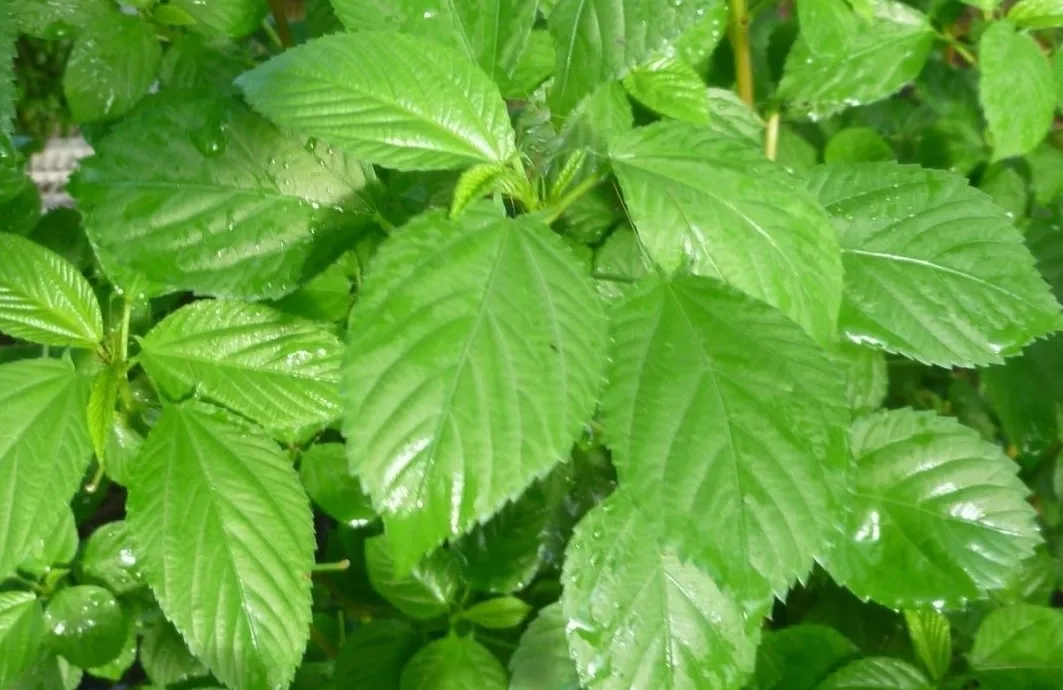 100 seeds Molokhia, Egyptian spinach (Corchorus olitorius) Saluyot, Green Jute added to cart.
10 available in stock
100 seeds Molokhia, Egyptian spinach (Corchorus olitorius) Saluyot, Green Jute added to cart.
10 available in stock
View Cart or continue shopping.
 Please wait while we finish adding this item to your cart.
Please wait while we finish adding this item to your cart.
Get an item reminder
We'll email you a link to your item now and follow up with a single reminder (if you'd like one). That's it! No spam, no hassle.
Already have an account?
Log in and add this item to your wish list.




